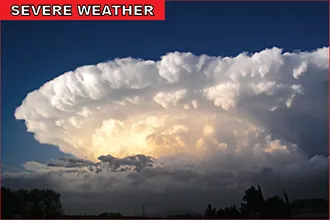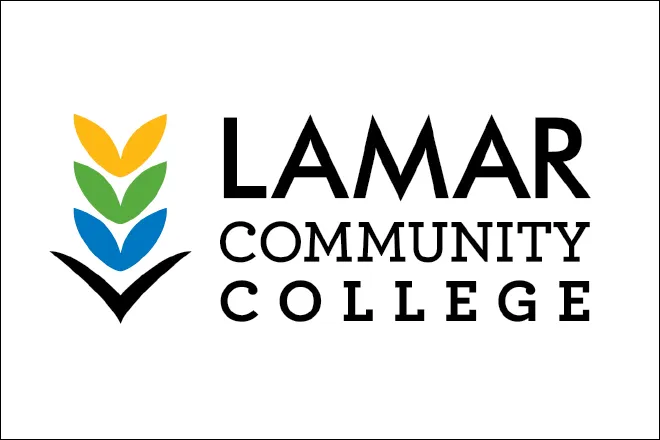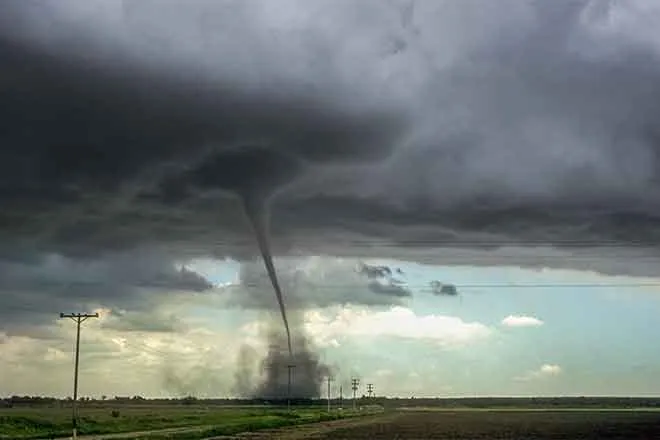
Barrack Reconstructed at Camp Amache Site
Original image is no longer available.
Colorado Preservation, Inc. (CPI) has announced that reconstruction of a historic barrack at Amache, Colorado’s only Japanese American incarceration site, has been completed.
Following United States Executive Order 9066, more than 7,000 Japanese Americans, two-thirds of whom were US citizens, were forcibly imprisoned at Amache (also known as the Granada Relocation Center) in southeastern Colorado from 1942-1945. Just two years after WWII ended, there were no more buildings standing at Amache. All remnants of habitation at the 600-acre site had been stripped, sold or razed immediately following the war’s end. Where once approximately 7,300 Japanese Americans had lived in confinement, there was nothing left but foundations, dust and wind.
Located near the Town of Granada, Amache operated from August 1942 to October 1945 as a WWII incarceration center – one of only 10 War Relocation Authority-managed sites in the country. Even though all buildings were removed in the late 1940s, there still remain numerous historic resources on site such as the cemetery, a network of roads and building foundations. In 2006, this important site was recognized as a National Historic Landmark by the Secretary of the Interior. The following year, an Interpretive Master Plan was developed by numerous partners including former incarcarees, the National Park Service’s Japanese American Confinement Sites Grant Program (JACS), Colorado Preservation, Inc., History Colorado, Amache Preservation Society, University of Denver Department of Anthropology, National Trust for Historic Preservation, Friends of Amache, and countless others.
“CPI is pleased to announce the recent completion of an authentically reconstructed barrack to interpret and commemorate this critical time in American history,” Executive Director Jennifer Orrigo Charles said. “We were assisted by preservation experts Scheuber-Darden Architects and Wattle & Daub Contractors in addition to John Hopper and his students with the Amache Preservation Society. Visitors to the site may visit the barracks as well as an interpretive trail with signs and audio, a reconstructed guard tower and water tower.”
Pictures courtesy Colorado Preservation, Inc. Top: reconstructed barrack. Bottom: Incarcerees receive a gift of tea from Japan.

















